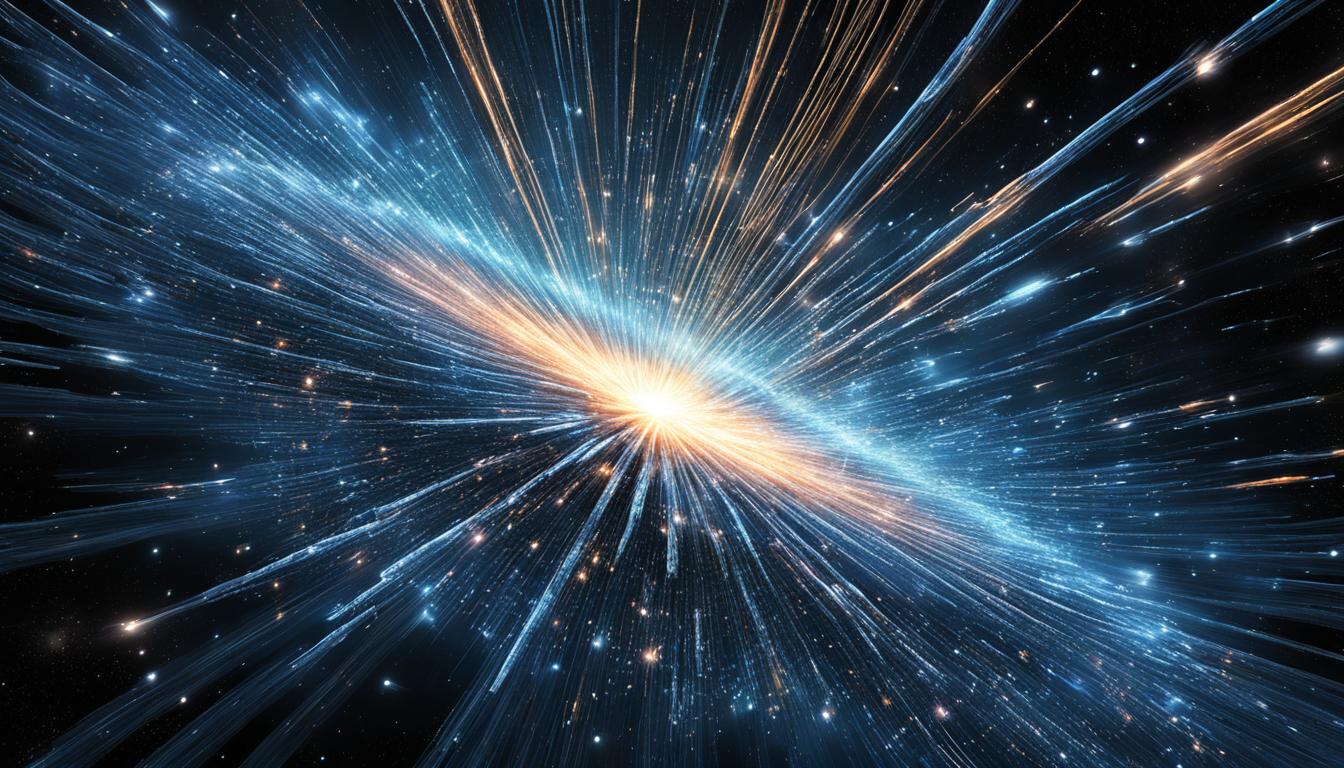Proof of Space (PoSpace) is a blockchain consensus method that uses storage space instead of computing power to secure the network. Participants, sometimes called “farmers,” dedicate unused hard drive space to prove they’re supporting the network. The more space they allocate, the better their chances of being chosen to add the next block.
First introduced in 2013 and later used by Signum (formerly Burstcoin) in 2014, PoSpace offers a more energy-efficient and accessible alternative to traditional mining methods like Proof of Work. It doesn’t require expensive hardware or massive electricity use, making it a greener and fairer option for running decentralized systems.
PoSpace still faces challenges—like the risk of centralization if large players hoard storage, or wear on drives due to heavy use—but it remains a promising approach for eco-friendly blockchain development.

